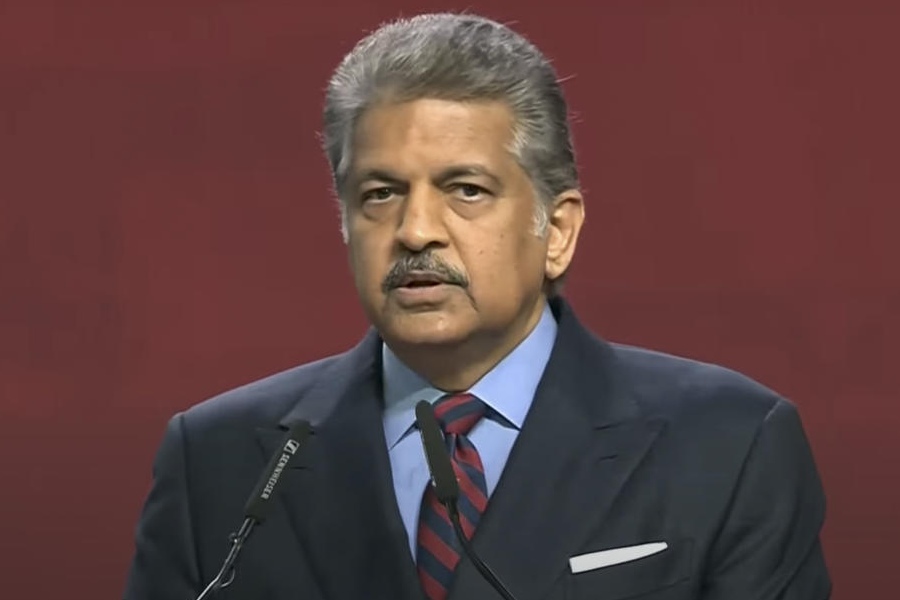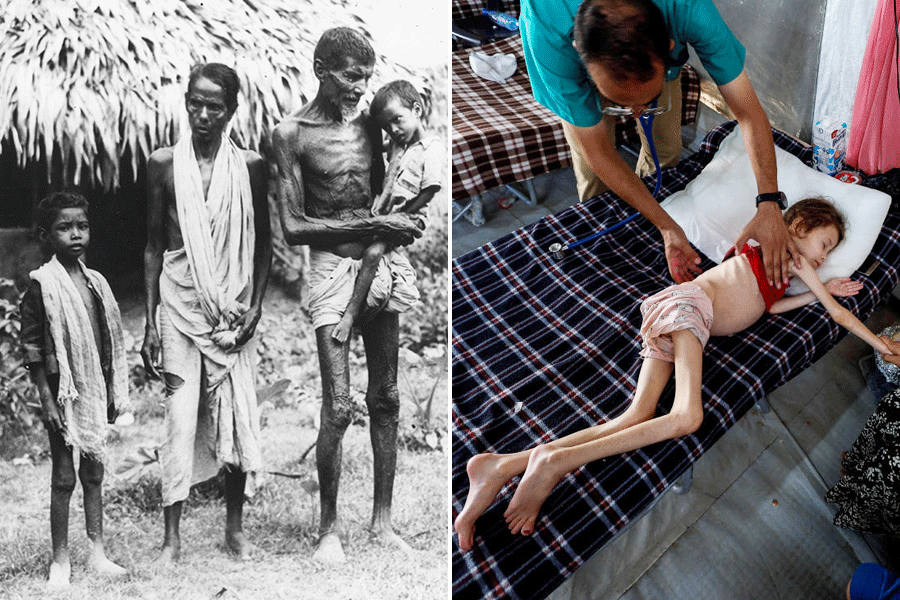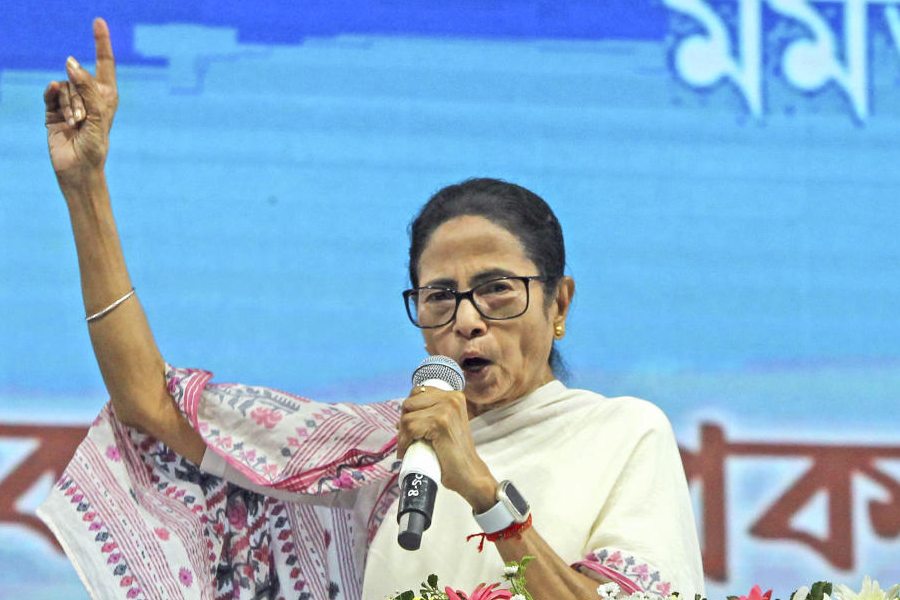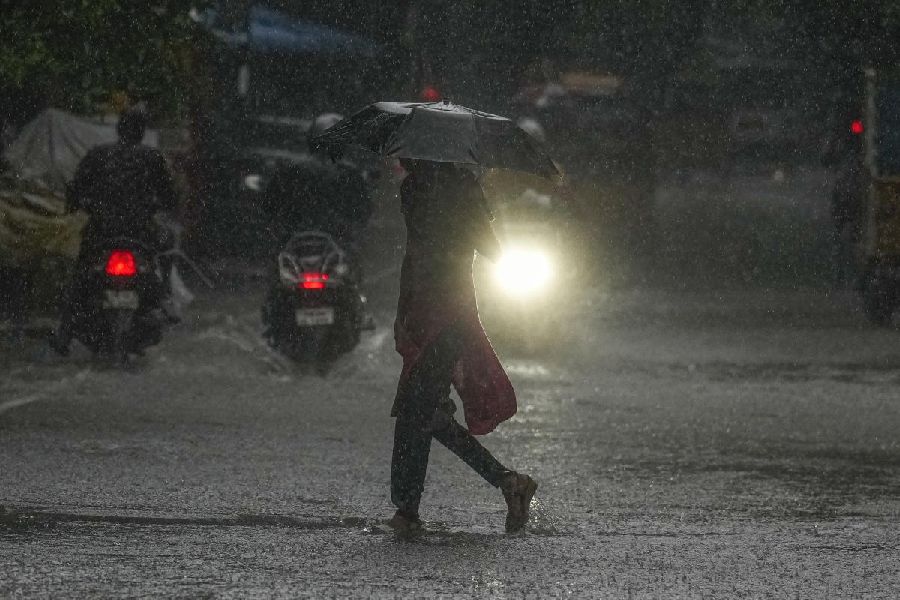 |
| Workers carry out the sewer project in Cuttack. Telegraph picture |
Cuttack, July 29: The Japan International Co-operation Agency-funded integrated sanitation project implemented by the Odisha Water Supply and Sewerage Board is already a year late, and there are doubts whether it will be over by July 2016 deadline.
The state-of-the-art project envisages a sewerage system with an underground gravity sewer line length of 375km, 29 pumping stations, three sewage treatment plants and reconstruction of 23km of the existing two main storm water drains.
But work so far has been limited to construction of sewer lines and revamping of storm water drain. And hardly, 10 per cent of the work has been over. The project cost, on the other hand, has shot up from Rs 754.44 crore to over Rs 2,500 crore.
However, chief engineer of the board and the JICA project in-charge S. Laxmipati told The Telegraph today: “With land acquisition for the project almost over, work is expected to gather pace now. We hope to complete the project in the targeted time — July 2016.” Nearly 100 acres had been acquired for pumping channels.
Laxmipati said: “Work on around 40km of sewer lines and 2.5km of main drain had been over.” In the first phase, he said, the work had been undertaken for 255-km sewer lines. Work on another 120-km sewer lines will follow.
Once over, the city will get not only separate drainage and sewer system for the first time, but also an improved sanitary condition and an improvement of water quality in the surrounding rivers, he said.
But, for a city plagued by poor drainage and no sewer system, the mega project spells hope for the people of the city. “We look forward to timely completion of the project as it is reckoned to fix the age-old problems of inundation by overflowing drains and waterlogging during heavy rain,” said Rausapatna resident Sudhir Kanungo. Gamandia resident Pravas Parida echoed the same.
Laxmipati said: “Twenty-three kilometre of the two open main storm water channels and connecting drains will be refurbished by way of concrete flooring, heightened sidewall and cover.”
He said: “The stretch of open main storm water drain from near Samaj office to Matrubhawan (around 7km) will be covered to facilitate use for road purpose.”
“As part of the project, sewage treatment plants will come up at Matagajpur (another in addition to the existing one) and Sati Chaura,” the chief engineer said.
As part of the sewage collection and disposal system, waste water will be transported through the underground sewer lines in various parts of the city to the sewage treatment plants and treated to control water pollution before discharge into the Mahanadi and the Kathajodi. Around 100 million litres of waste water can be treated daily at these sewage treatment plants before releasing them to the rivers, a board official said.











